A little over a year ago, we had been attending a new church for several months and decided that it was going to be our home, so it was time to get involved and begin to serve. We were asked if we had an idea as to what we might want to do per our giftings, etc. We mentioned photography and music, and as we were within earshot of the Director of Worship, we were quickly ushered over to speak with him. After talking for a short time and learning that I know how to play at least three chords, he asked me to audition on guitar.
Now I had a small problem… There was a large gap in the gear I was using and the gear I needed in order to play today’s worship styles at an accepted level of excellence. There was no way with the pedalboard I had that I would be able to reproduce the tones, reverb, and precise delays found in today’s styles. It had been years since I had added anything to my board, and I viewed this as a great opportunity to start from scratch.
Down the rabbit hole, I went… I spent way too many hours researching and listening to pedals. The world of guitar effects had exploded since I’d last looked at pedals fifteen years prior. It was overwhelming, and I realized more than anything that I didn’t want to overcomplicate the goal. Therefore, I made some choices that would get me what I needed while saving as much money as possible, i.e., my board is not chock-full of boutique pedals.
I’ll discuss briefly one design choice that I made after watching hours of YouTube videos and reading spec sheets for days. I had originally put the “Stryfecta” of Strymon pedals (Big Sky, Timeline, Mobius) in my Sweetwater cart and let them sit there for days. Days turned into weeks… My month old shopping cart taunted me every time I looked at it. I just couldn’t bring myself to commit to the purchase. I was torn between the perceived “elite” option and a lesser one. Then, like a Boss, I found the answer.
I had been looking at the Boss equivalents of the three Strymon pedals, which are significantly less expensive but have similar (and in some ways better) features. I found that I could pick up brand new examples of each of the RV-500, DD-500, and MD-500 pedals on eBay for two-thirds the price of the Strymon option. In comparison to the Stryfecta, it was a much more attractive option.
What really tipped the scales in this decision was my realization of the purpose of this new board. I asked myself this: Is anyone in the church going to listen to me play during a worship set and think, “Gee, it sure would sound better if that electric guitarist was playing on Strymon pedals.” And, of course, the answer is a resounding NO. That would be ridiculous. It might be one thing if I was recording. You might hear a difference in the clarity of the sound in that scenario, but for my application, there was no need to spend the extra money on Strymon pedals.
I also realized early on in the process that my current board wasn’t going to be sufficient in size, so I ended up with a new, larger board, an additional power supply, and quite a bit of new cabling. The only pedals I reused from my previous setup were my tuner and Crybaby. I sold the other pedals to help fund the new board.
I love putting things like this together because it’s kind of like the adult version of legos except without instructions. While that might be intimidating to some (I’m looking at you, Emmet Brickowoski), it offers a bit of an outlet for creative design. And the best part about these adult legos? They’re designed to step on while on a dark stage.
The Original Board and Intermediary Audition Board
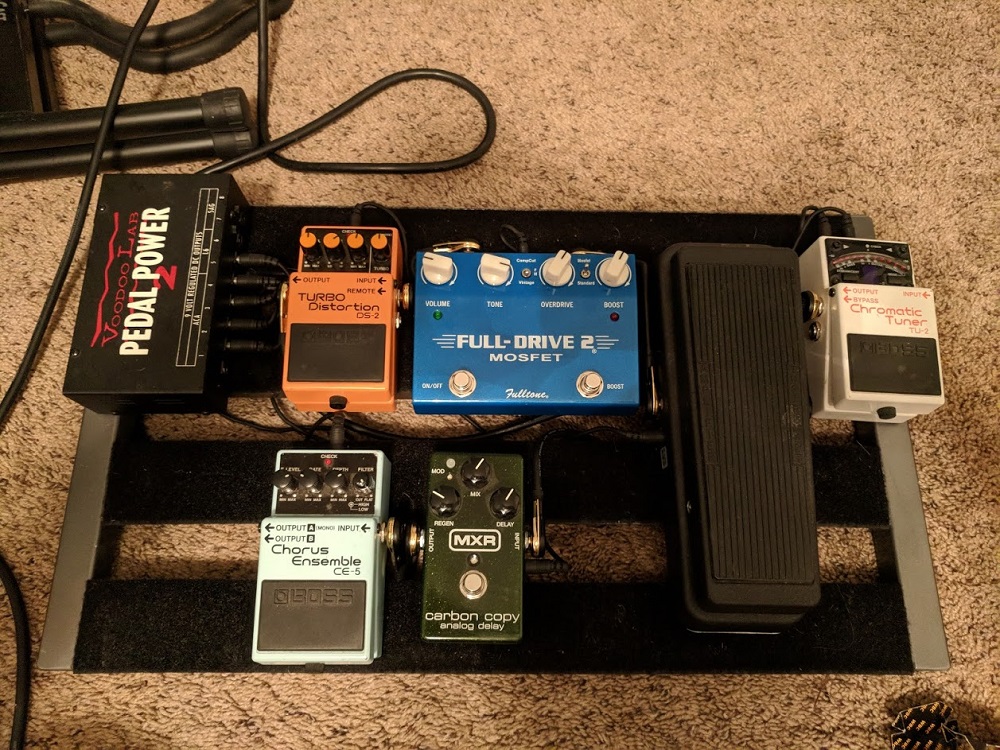
I used this board in this form (minus the Full-Drive 2) for over ten years…
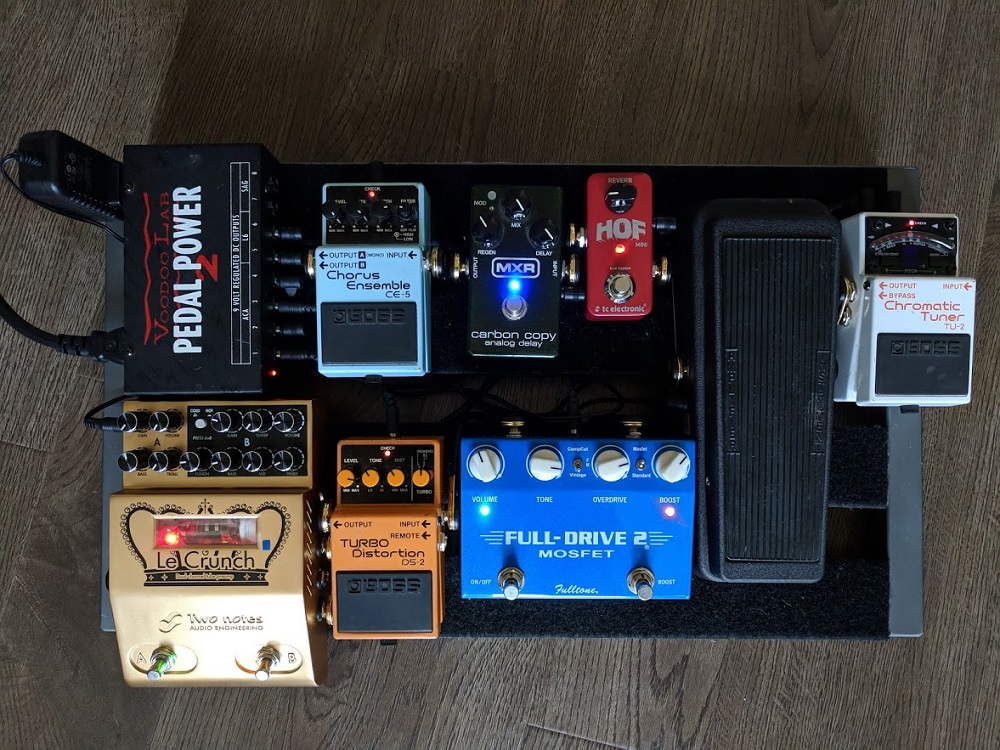
Short-term intermediate board for the audition
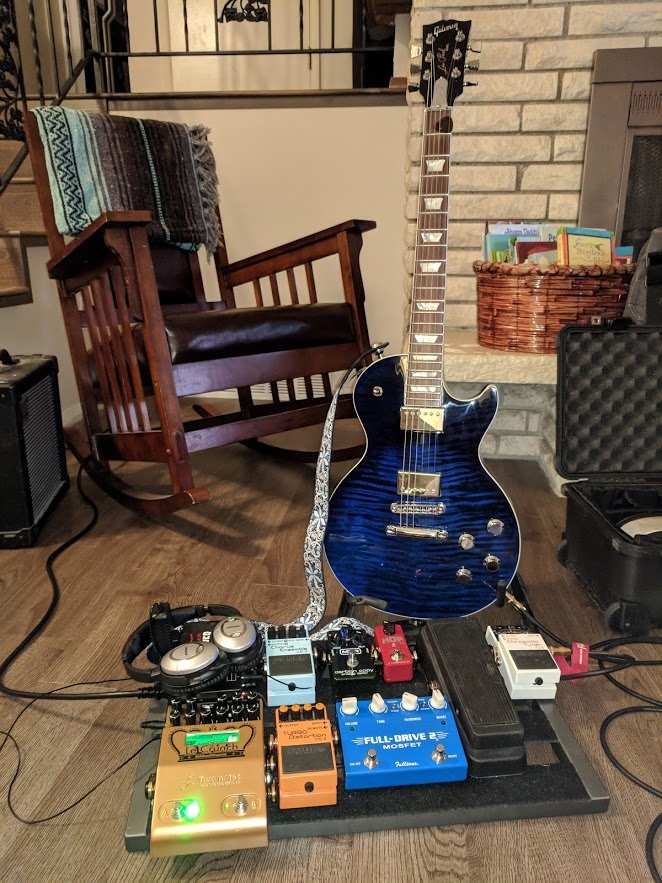
Practice setup before audition
New Pedal Board

The BOSS Trifecta
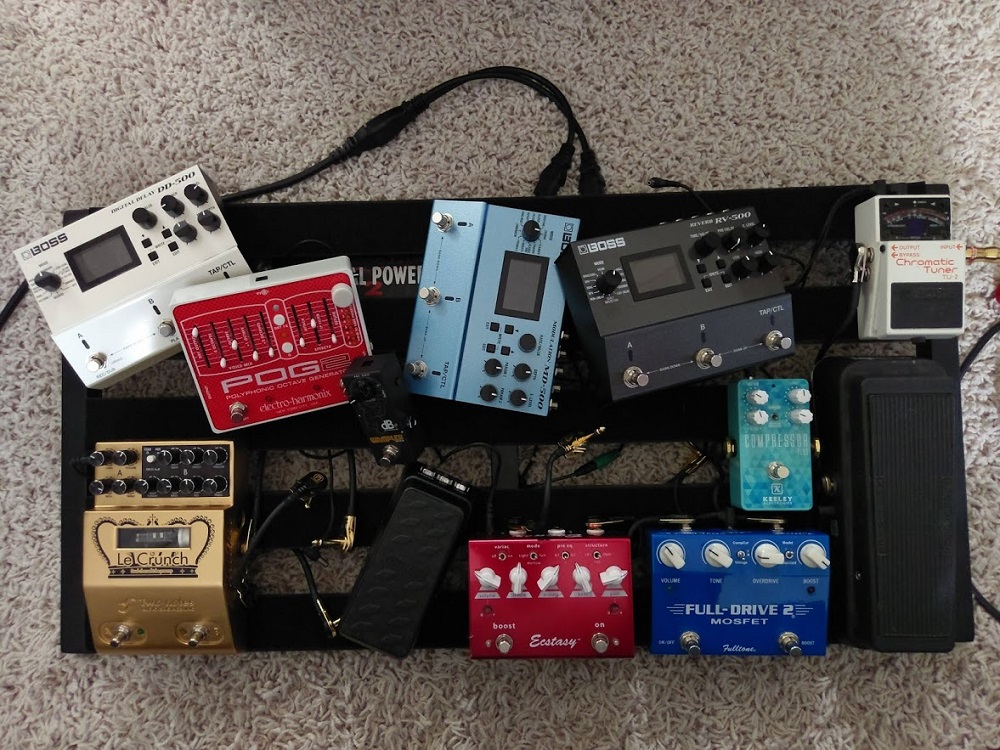
Just like legos!
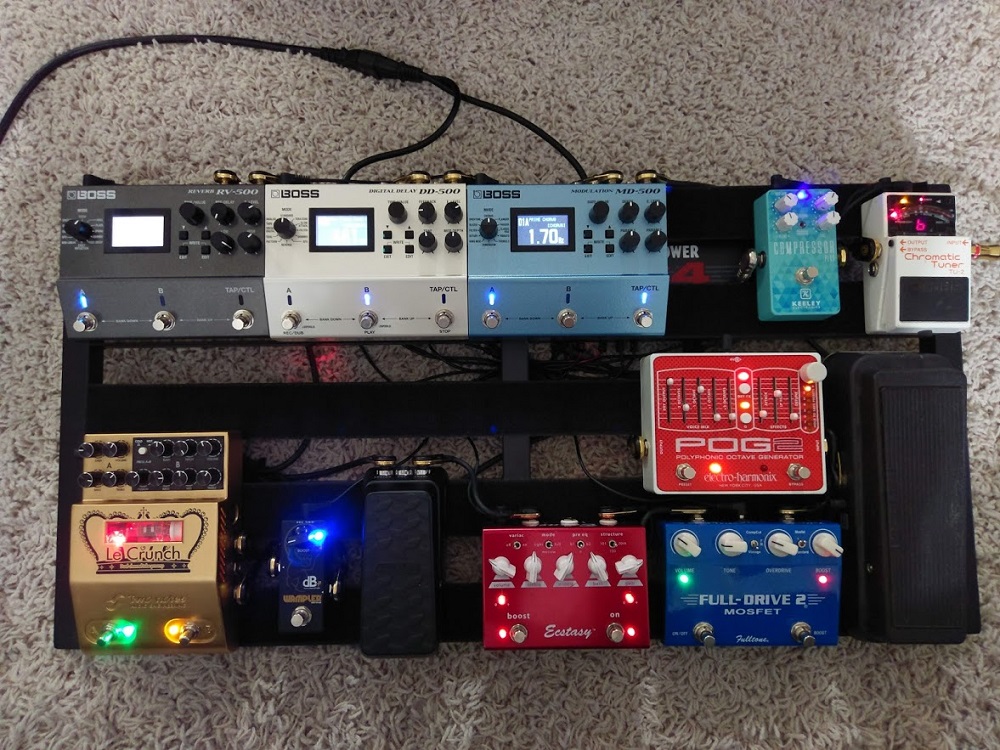
Wired and ready to rock

Stage View
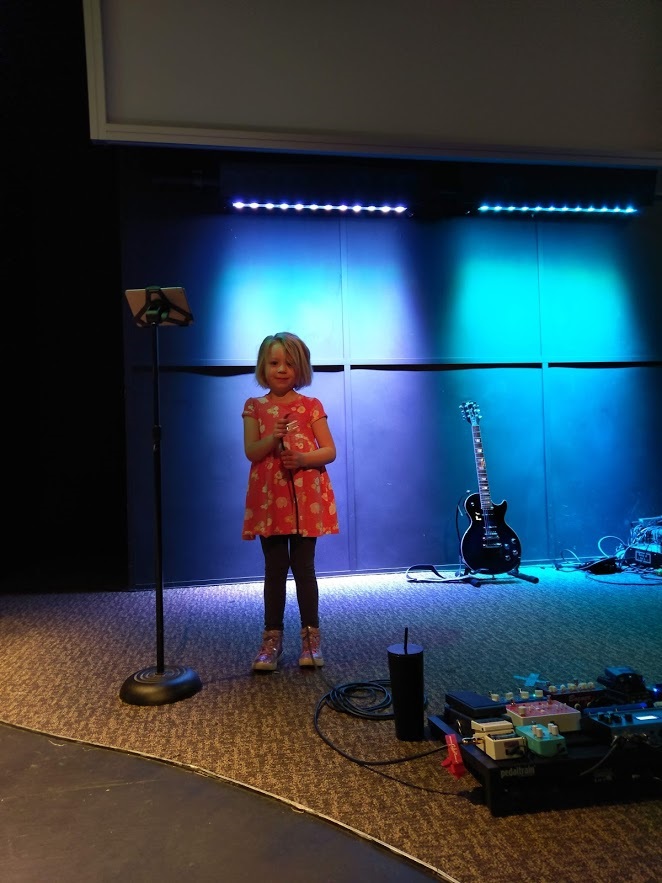
One of my favorite helpers waiting patiently to connect the guitar
Leave a Reply